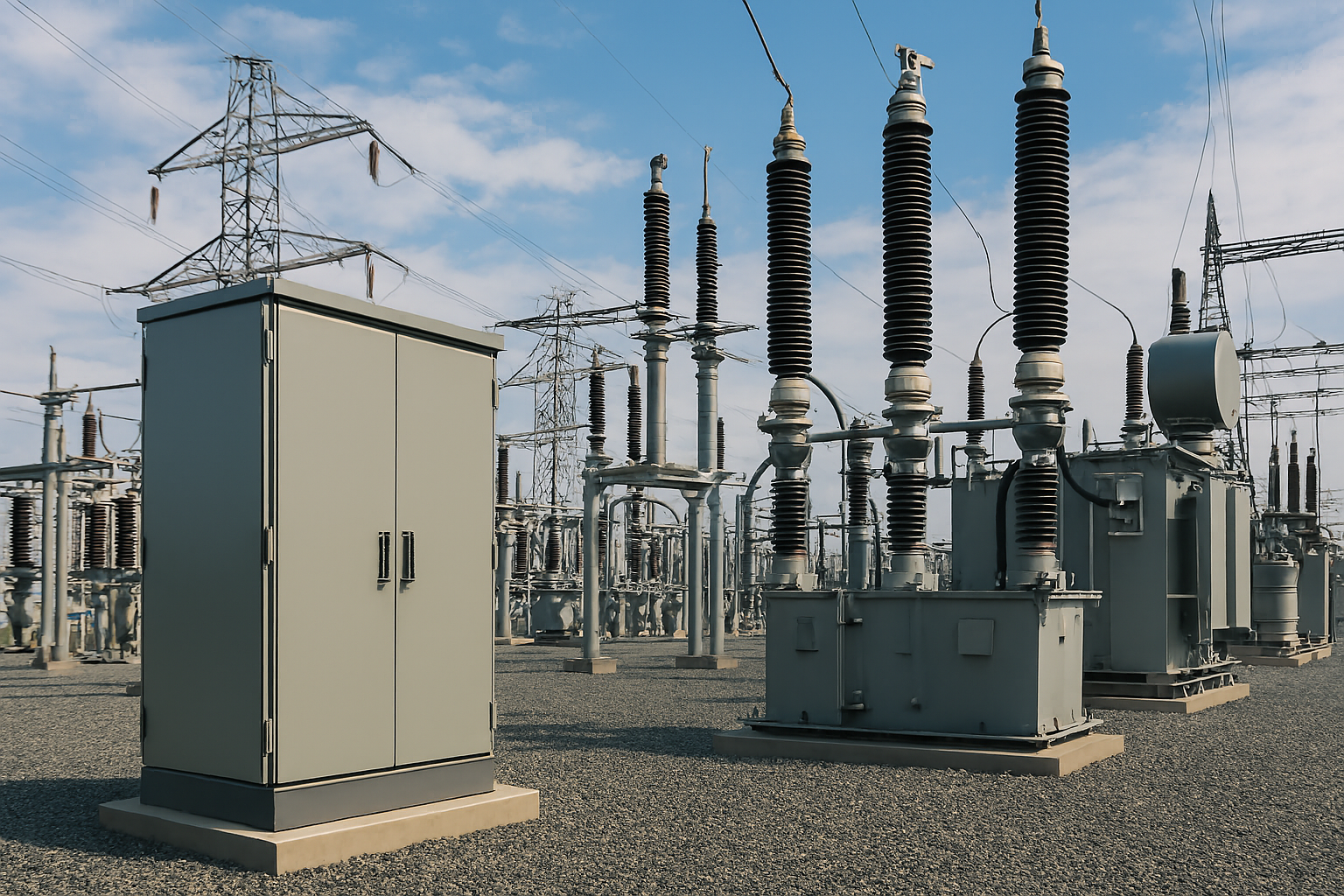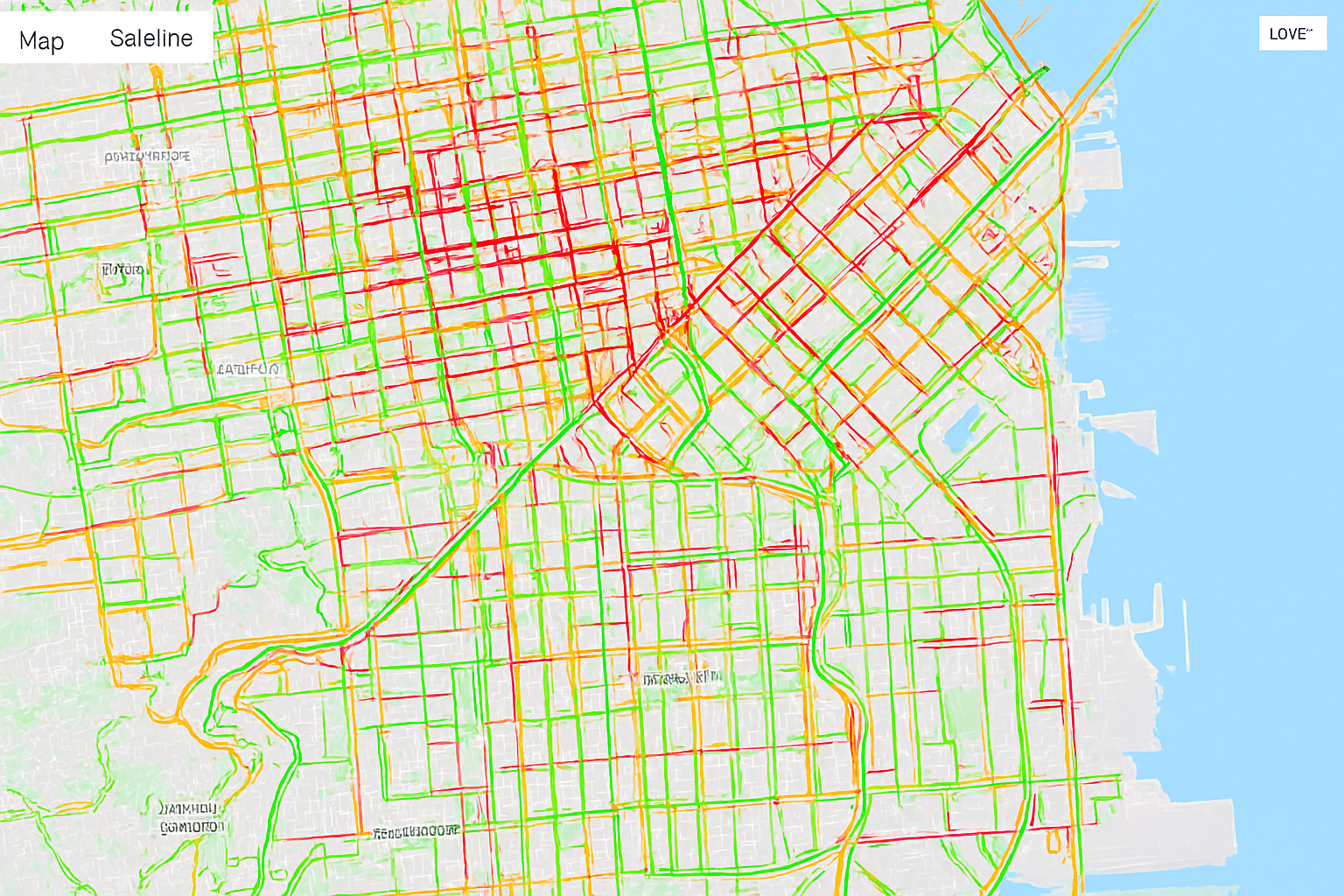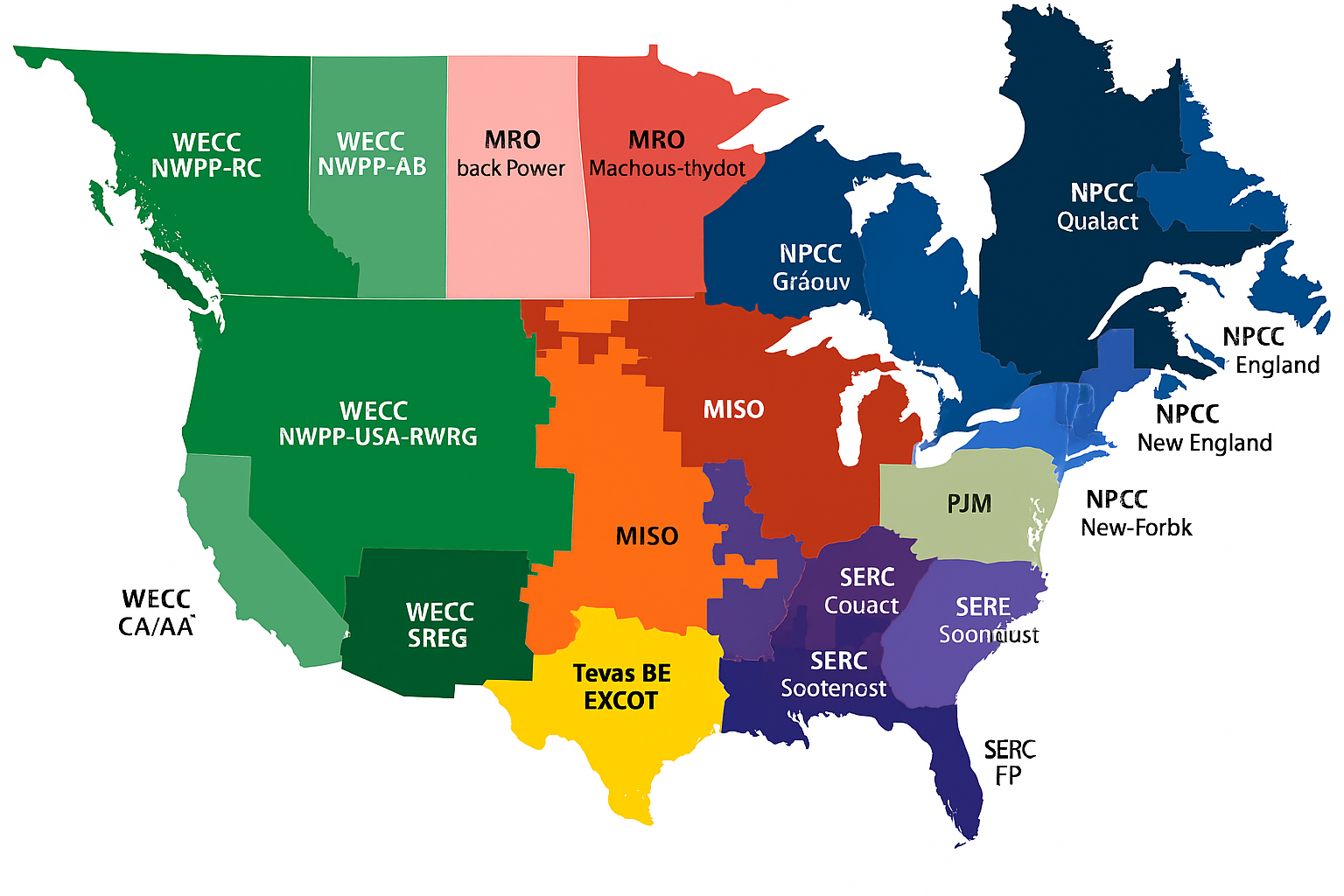Enabling Next-Generation Grid Integration
As the grid evolves to meet the demands of large-scale renewable integration and long-distance power transfer, HVDC technologies have become critical to enabling efficient, stable, and flexible energy networks. Watt Consultants offers comprehensive HVDC engineering services—supporting utilities, developers, and transmission owners throughout the full project lifecycle, from feasibility studies to detailed system modeling and design review. Our team brings hands-on expertise in conventional and advanced HVDC systems, including two- terminal, Voltage Source Converter (VSC), and multi-terminal configurations.
System Impact Studies
We conduct in-depth HVDC System Impact Studies to evaluate how proposed HVDC links interact with the AC grid. These studies include steady-state power flow, dynamic simulations, and electromagnetic transient (EMT) modeling to ensure performance under both normal and disturbed system conditions. We assess bulk power transfers, N-1 contingencies, converter dynamics, and DC-side fault behavior, tailoring our approach based on system architecture—whether two-terminal, VSC-based, or multi-terminal.
Transmission Line and Substation Design
Our Transmission Line and Substation Studies support the planning and integration of HVDC into regional and interregional networks. We help identify optimal routes, evaluate augmentation scenarios, and simulate system interactions under a range of operational conditions. Our team also performs insulation coordination studies, surge analysis, and reviews of converter station and line design, ensuring technical alignment with ISO/RTO requirements and reliability standards.
Reactive Power Compensation
In addition, WattC provides reactive power compensation planning to address the unique demands HVDC systems place on the AC network. We model and design the integration of STATCOMs, SVCs, and capacitor banks to support voltage stability, optimize dynamic response, and manage high power flow conditions.
Dynamic and Transient Stability Analysis
Our team utilizes PSS®E to assess the system’s dynamic response to disturbances. This includes:
- Calculating critical clearing times
- Detecting low-frequency oscillations
- Verifying damping performance
- Evaluating the behavior of protection and special protection schemes (SPS)
These studies help ensure system resilience and compliance under a wide range of operating scenarios.
Short-Circuit Analysis
Using Aspen OneLiner, we perform detailed fault current studies to evaluate:
- Fault contributions at critical buses
- Breaker interrupting capabilities
- The adequacy of protection system coordination
Our analysis ensures compliance with ISO/RTO criteria and informs system protection upgrades and equipment procurement decisions.
Transfer Limit Evaluation
We assess thermal, voltage, and stability-based transfer capabilities across key intra- and inter-area interfaces. These transfer limits support:
- Loss of Load Expectation (LOLE) analyses
- Operational planning
- System adequacy evaluations
- Infrastructure investment decisions













